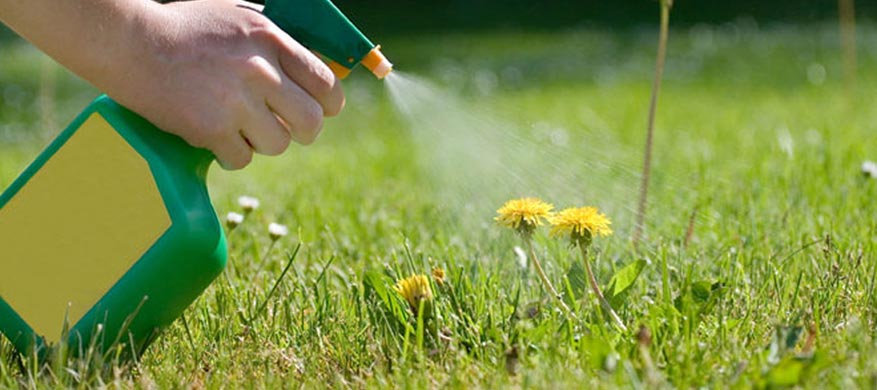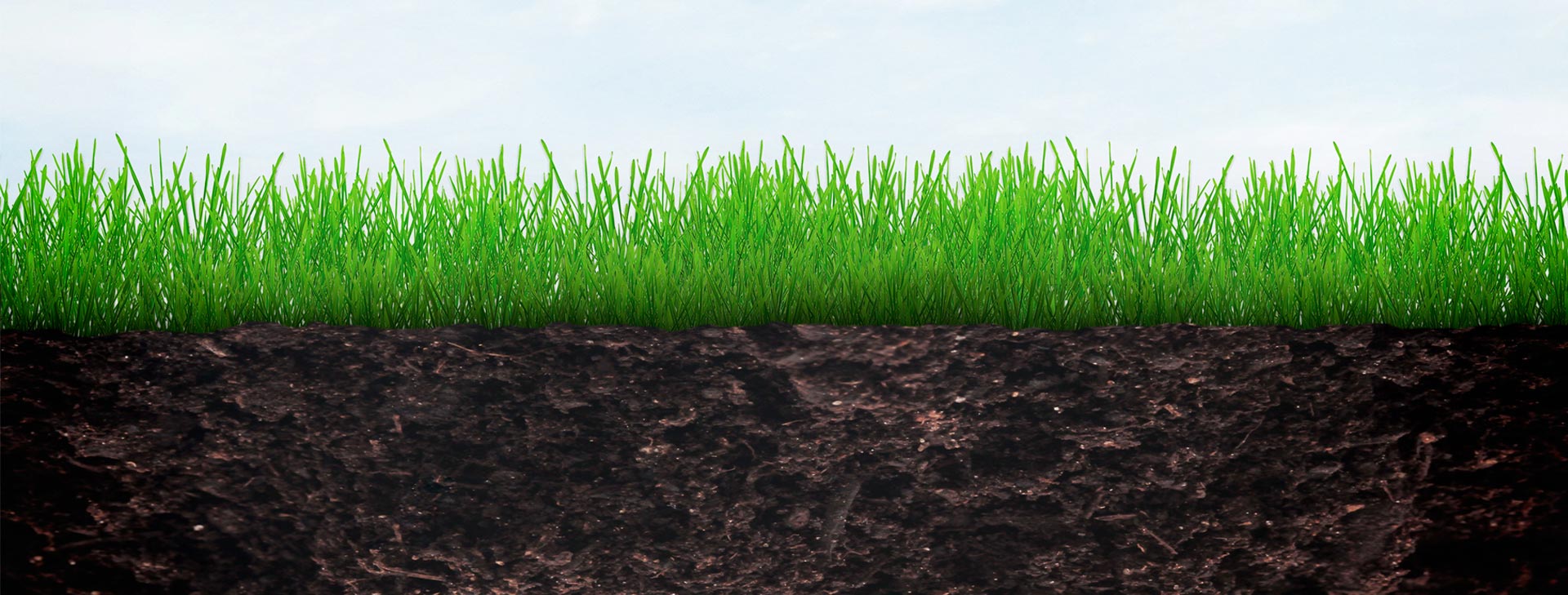
Controlling Weeds Organically
Traditional lawn care since the late 1940’s has feasted on a one-size-fits-all approach to weed control that paints every plant with the same broad stroke. However, the EPA estimates that only 2 percent of the active ingredients in synthetic weed killers, called herbicides, ever reach the target plant. The other 98 percent goes into the soil, the ground water, and the atmosphere. Organic land care specialists believe that the best tool against weeds is a healthy grass plant, which can only happen with healthy soils, and that takes time, especially on yards that have an abundance of weeds.
Weeds are telling you something about your yard. Each weed seed is genetically programmed to replace specific deficiencies in the soil. For example, if your lawn is missing nitrogen, nature will often send in clover or one of its cousins in the legume family of plants, which can trap and process nitrogen from the atmosphere. If your lawn conversely, has too much nitrogen, nature will likely give you an abundance of dandelions. Again, our approach to eliminate weeds is to improve your soil through an appropriate balance of biology and nutrients and improving soil texture and structure. This takes time if your soil is out of balance. The organic approach is not a quick fix, it’s a healthy and safe alternative approach (to chemicals) which benefits our family and our environment. Now, having said that, here are some tools to get rid of weeds without chemicals:
* Total eradication using nonselective sprays or solarizing techniques
* Spot weeding with nonselective sprays, flaming or mechanical tools
* Pre-emergent weed control in spring and fall
* Soil modification that gets to the root of the problem
* Overseeding with new grass seed to crowd out weeds
* Mowing at an appropriate height and bagging only occasionally (first cut of the year, right after dandelions go to seed, right before winter)
If all else fails, use a synthetic herbicide that targets the weeds that are taking over your lawn, and then start fresh with an organic approach to achieving a healthy soil.


